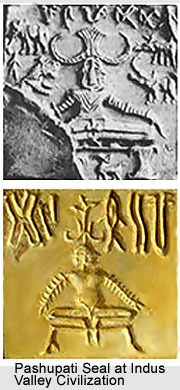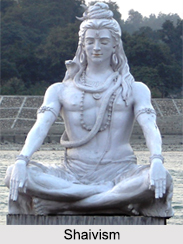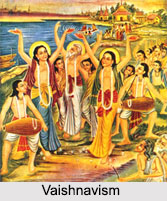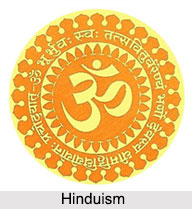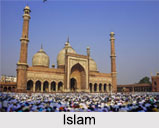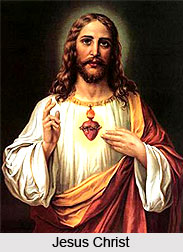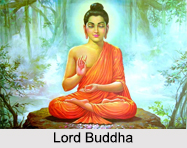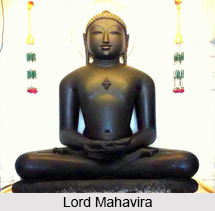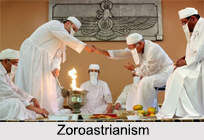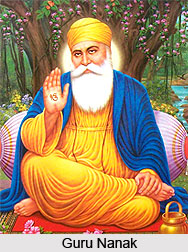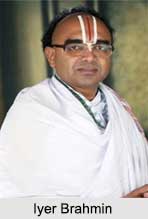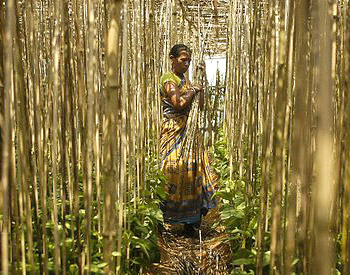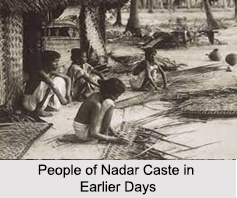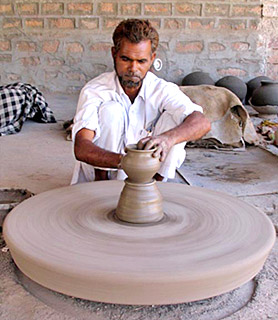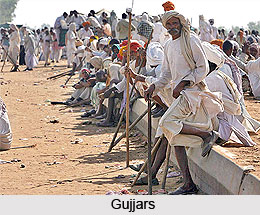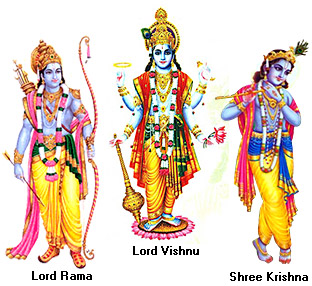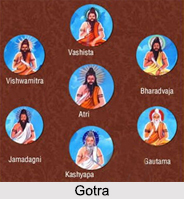Svarupa and Svabhava of God are two kinds of Divine essence that have been elaborated by Ramanuja in a theory. According to Ramanuja, Brahman is not featureless, attribute less, indefinite and vague presence who cannot be worshipped. Instead the supreme has a classic form. He has no limit as he can take any form and as he pervades every being.
In Himself or in his Svarupa he assists fivefold characteristic. They are Satyam, Jnanam, Anatam, Ananda and Amalatva. Stayma is not bound by any conditions neither it is eternal. Jnanam is permanently not contracted and all grasping knowledge as the Supreme focus. Anantam is unlimited excellence that is categorized by time and space. Ananda is immeasurable and cannot be alleviated. Amalatva means freedom from the hold of Karma which is the cause of all imperfections in Jivas. Jnana is not merely an attribute it is an essential nature of Brahman. Ananda is description of the conscious nature of Brahman. However Ramanuja often describes Brahman as Jnananandaika svarupa. All the five attributes constitute his essence as also his inherent attributes. They are known technically as his Svarupa.
The attributes that form his Svabhava are different from the attributes that form Svarupa. Kalyana-gunas or countless auspicious qualities have been elaborated by Ramanuja. Svabhava is distinguished from the inherent nature as the qualities manifested in him in relation to finite beings. Six qualities are identified with the characteristics forming Svabhava. These are described in the Vishnu Purana as powers that characterise God. These qualities are Jnana (omniscience), Bala (omnipotence) Aisvarya (lordship), Shakti (creative power), Vnya (immutability) and Tejas (splendour). However there are countless auspicious qualities, the above-mentioned are the most important.
The other important qualities among these are Gambhirya (inestimable grandeur), Audarya (generosity) and Karunya (compassion). Through the enumeration of these qualities Ramanuja wants to indicate that he does not accept Advaitic conception of Brahman.
This article is a stub. You can enrich by adding more information to it. Send your Write Up to content@indianetzone.com
